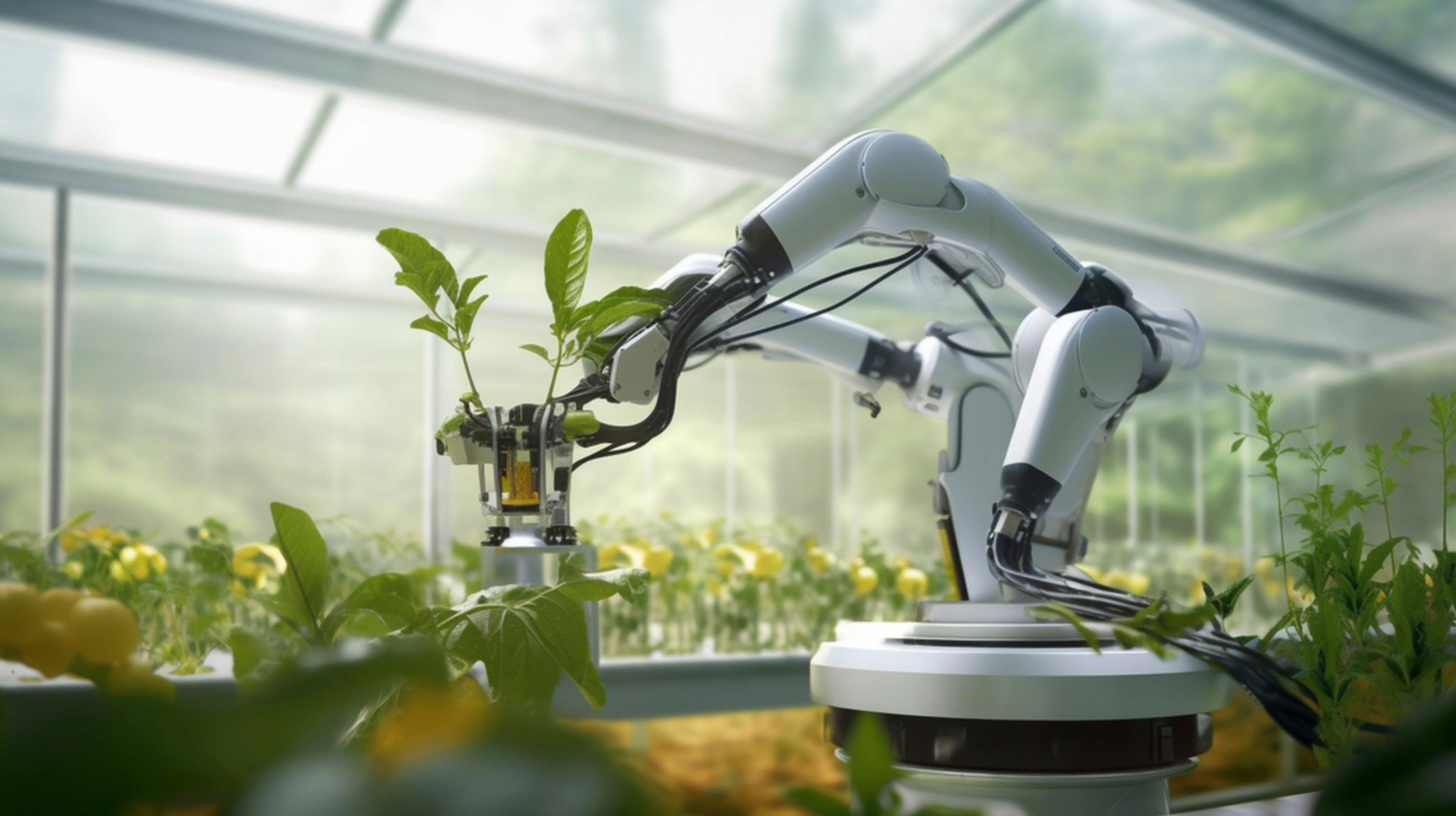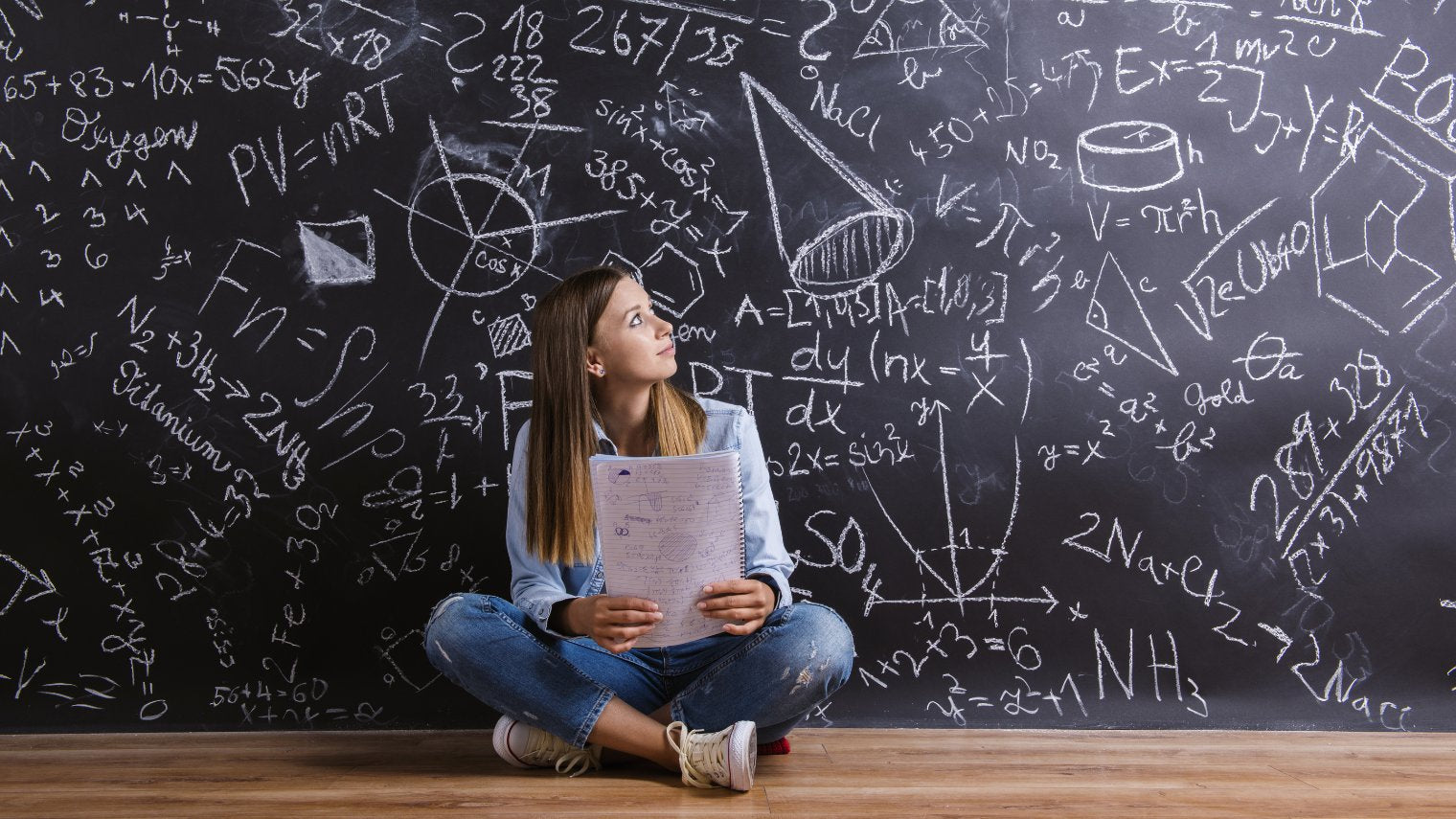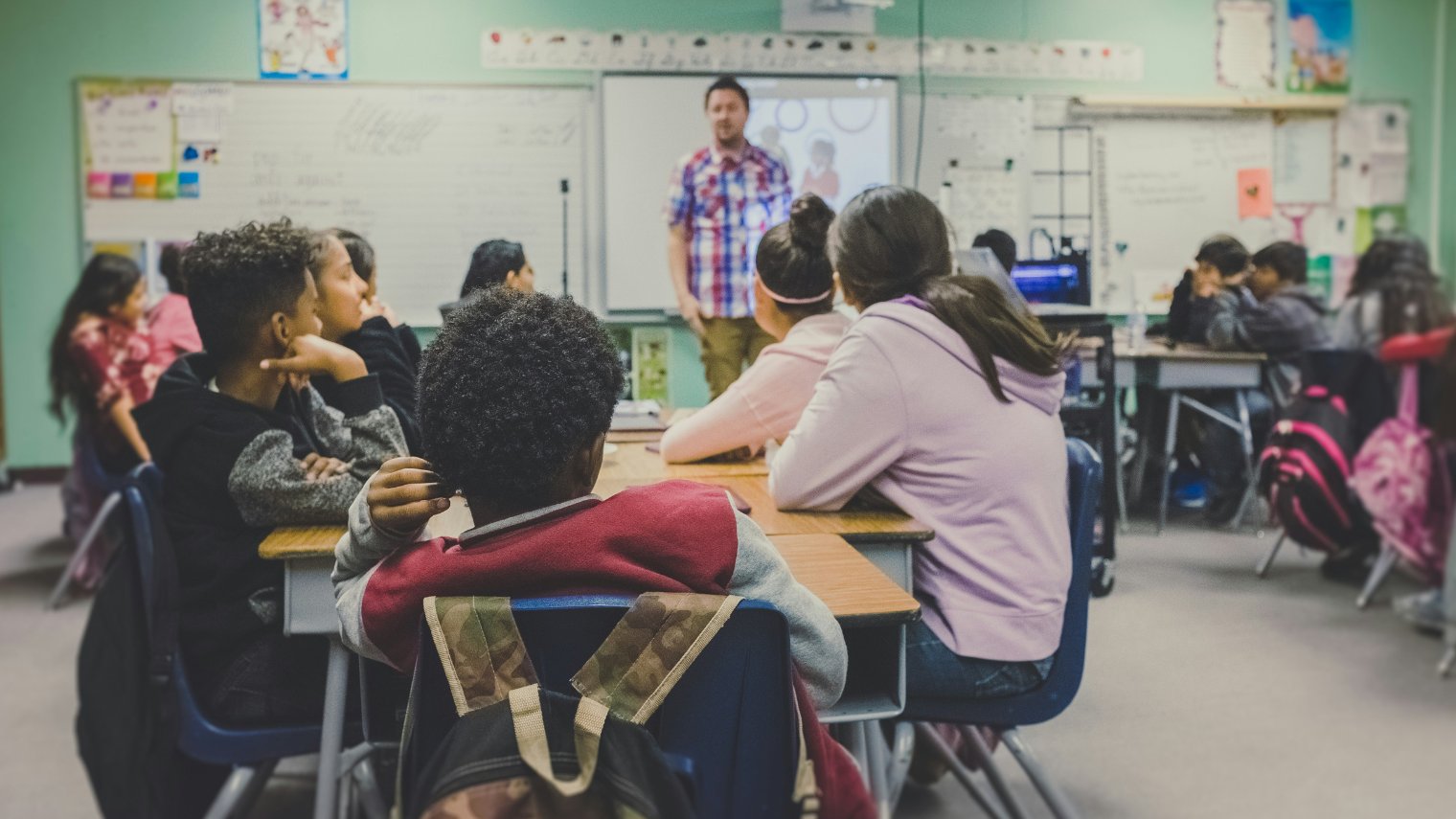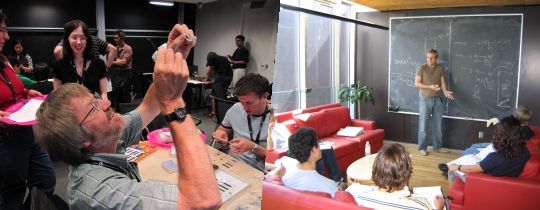
Applied Physics - Solving Problems with Technology
This resource emphasizes that physics can be applied to solve real-world problems. A variety of hands-on activities introduce fluids, simple machines, computational thinking and coding.
Under Pressure

In this station lab, students perform seven experiments that investigate fluids and how they are used in hydraulic and pneumatic systems.
Simple Machines Do Work

In this station lab, students perform a series of hands-on experiments that investigate ramps, pulleys, and levers to explore the concepts of torque and mechanical advantage.
Introducing Computational Thinking

Students develop their thinking skills by creating flow charts for an everyday situation. Then, they create a flow chart for building a molecule with a molecular model kit.
From Computational Thinking to Coding

Students develop code for a micro:bit. Then they are challenged to write code to create a classroom tool, such as a measurement device or a random number generator.
Design Challenge: Building a Robotic Arm

Students use the design process to build a robotic arm that can accomplish a specified task. They apply their knowledge of pressure, torque, and levers to do so.
Fluids in Action!

Supplement your fluids unit with three discrepant events that illustrate how fluids behave differently than solids. The physics is described carefully to help you explain the physics behind the phenomena, rather than appealing to principles such as Bernoulli’s principle. Additional information examines how Bernoulli’s principle has been incorrectly applied to explain certain classroom demonstrations.










